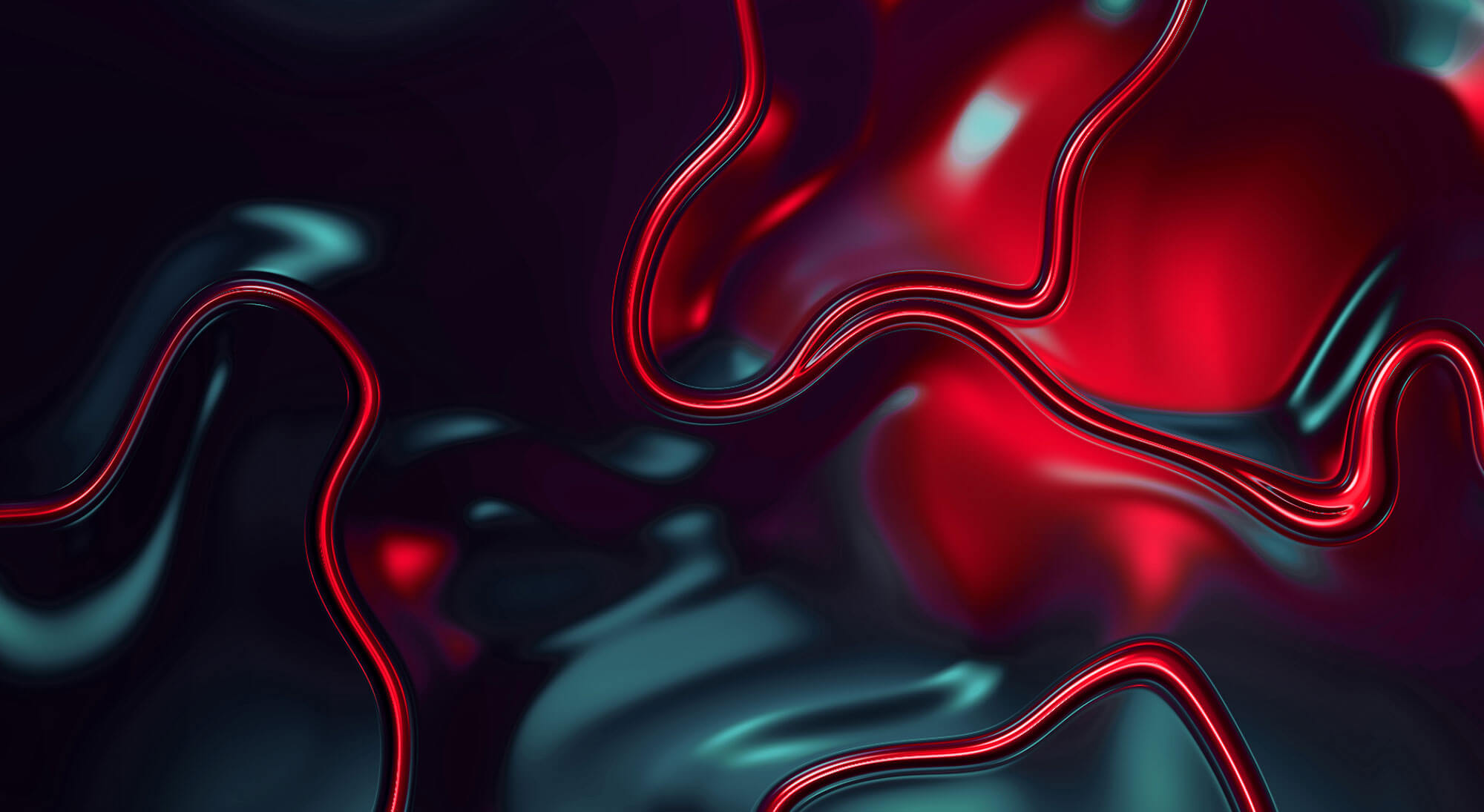
UX DESIGN AGENCY
INCREASE WEBSITE
CONVERSIONS
Your website should be intuitive, engaging, and designed with the user in mind. As a leading UX design agency, we create seamless digital experiences that drive engagement, increase conversions, and enhance brand perception.
Our UX Design Agency
Struggling with high bounce rates, low conversions, or outdated website design? We get it.
If you’re here, it’s likely because your website isn’t delivering the experience your users expect, navigation feels clunky, or you’re in the process of a website re-design and need expert guidance to ensure a user-centric approach.
If any of these sound familiar, rest assured you’re in the right place. Our UX design agency focuses on creating digital experiences that are not just visually appealing but also intuitive and user-friendly. We conduct in-depth research, wireframing, prototyping, and user testing to ensure your website aligns with user needs and business goals.
What’s Included In Our
UX Design Services
-
Website Audit
A thorough UX audit will analyse site structure, usability, accessibility, and overall performance. Our UX design agency assesses key areas such as mobile responsiveness, page load times, and navigation flow to optimise the user journey.
-
User Research and Analysis
Understanding your users is the foundation of great UX design. We conduct in-depth user research, including behaviour analysis and heat mapping, to identify pain points and opportunities for improvement.
-
Information Architecture
We optimise your website’s structure to ensure information is easily accessible and logically organised. Our UX design agency will create clear, intuitive navigation paths that enhance the user experience and improve engagement.
-
Wireframing and Prototyping
Before diving into development, we create wireframes and interactive prototypes that map out user flows and page layouts. This process allows for user feedback and iteration to ensure an intuitive and seamless design.
-
Visual and Interactive Design
From typography to colour schemes, our UX designers craft visually compelling experiences that captivate users while maintaining brand consistency and usability best practices.
-
Usability Testing
Testing is key to a successful user experience. We conduct A/B testing, usability testing, and real-user feedback sessions to refine and optimise your website’s design before launch.
-
Accessibility and Inclusive Design
Great user experience should be accessible to all. Our UX design agency follows WCAG guidelines to ensure your website is usable for individuals of all abilities, creating an inclusive digital experience.
-
Conversion Rate Optimisation
Good design drives results. By optimising CTAs, user pathways, and page layouts, our CRO agency will improve conversion rates, ensuring users take the desired actions on your website.
-
Post Launch Support
User experience doesn’t end at launch. We provide ongoing support, analytics tracking, and iterative improvements based on user behaviour and feedback.
The Benefits of UX Design
Investing in UX design is more than just aesthetics. It’s about creating a seamless, engaging, and functional digital experience that drives results.
A user-centred design approach enhances usability, reduces friction, and improves customer satisfaction. With a well-structured website redesign, you’ll see increased engagement, higher conversions, and stronger brand loyalty.
So, why does UX matter? Because a well-designed website isn’t just easier to use – it also leads to better business outcomes.
UX Design
Case Studies
See our work in action. The case studies below showcase how our UX design agency has transformed websites to enhance user engagement and business performance.
Happy Days Nurseries worked with EDGE to support their childcare efforts through an effective website design, on site photography and video.
Circuit Hospitality worked with EDGE to grow their ecommerce ticket selling platform through website design, CRO optimisation and SEO strategy.
The Gladwin Brothers wanted to scale their SEO, online presence, and advertising strategy effectively in 2022, & EDGE were here to offer guidance.
FAQS About UX Design
Have questions about UX design or our website redesign services? We’ve got answers!
What is UX Design?
User Experience (UX) Design focuses on optimising products for usability, accessibility, and satisfaction. Great UX improves engagement, conversions, and overall user satisfaction.
How long does a website redesign take?
Every project is unique, but a typical website redesign takes 8-12 weeks, depending on complexity, features, and research requirements.
Why should I hire a UX agency?
A UX design agency brings expertise in user research, usability testing, and interaction design, ensuring your website is built with the user in mind for maximum impact.
How does UX design improve conversions?
By optimising user journeys, simplifying navigation, and enhancing usability, UX design reduces friction and encourages users to take desired actions, leading to higher conversion rates.
How do I choose the right UX agency?
Look for an agency with proven experience, case studies, and a user-centred approach. A strong UX agency prioritises data-driven decisions and usability testing to ensure success.
Testimonials
What do our clients say?
- Gemma Handley Director – Obsidian HR The team at EDGE are amazing to work with particularly Louise and Ellena. They spent so much time ensuring the process for creating my brand and developing my website was easy and fun, making sure it was exactly what I wanted. I would highly recommend the whole team. I’m over the moon.
- Richard Bowden UK Partner – May Business Consulting EDGE have been fast, professional and provided fantastic advice and output for our brand refresh and website upgrade. We know we can rely on them.
- James Powell Director – Robert Powell Estate Agents I have used EDGE for many years for all things digital. They offer good, friendly advice and have come up with some great concepts and designs to help keep my business up to date and relevant.
UX Design
Blogs
Stay ahead of the latest UX trends, best practices, and case studies. Our blog provides insights on everything from website redesign strategies to UX research techniques.
A website serves as the cornerstone of your online identity and a strong online presence is crucial for businesses of all sizes.
Digital marketing agencies are there to help you with a clear strategy of how to grow the influence and reach of your brand.
There are proven ways to improve your SEO ranking, helping you appear further up the search rankings and drive traffic to your website.
REQUEST A UX Audit & Analysis
Curious about your current website’s performance? Our UX audit is the first step in our UX design process and identifies usability gaps and improvement opportunities to optimise your digital presence.
USer Journey assessment
Evaluate navigation flow, interaction design, and conversion pathways for frictionless experiences.
Accessibility & responsiveness check
Ensure your website meets accessibility standards and is fully optimised for all devices.
DATA-DRIVEN insights
Use heatmaps, session recordings, and analytics to refine user interactions and improve engagement.

